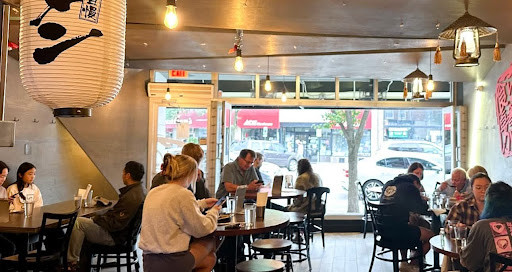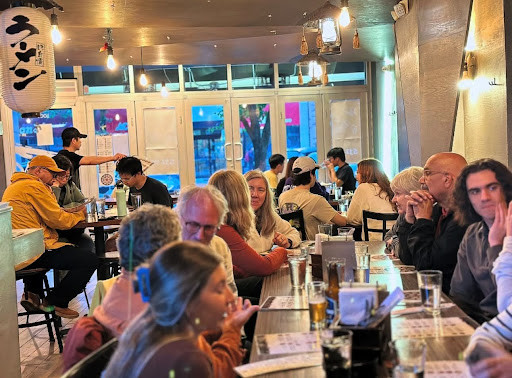Table to Stix Ramen Explains Why Small Restaurants Deliver Better Experiences

Small restaurants carry a charm and purpose that set them apart. Their smaller scale enables them to offer experiences grounded in authenticity, personalization, and community. Unlike large chains, they often place the focus squarely on the guest, from greeting regulars by name to serving local dishes. As noted by Table to Stix Ramen, the flexibility to adapt menus quickly and maintain direct relationships with vendors often results in fresher ingredients and more creative culinary offerings. Over time, these establishments often become an integral part of their neighborhoods, building lasting connections that extend far beyond the plate.
Core Qualities of Small Restaurants
Small restaurants typically operate with fewer tables, limited square footage, and a leaner staff. These businesses are usually independently owned, often by individuals who are heavily involved in day-to-day operations. This structure differs from larger chains that rely on standardized procedures and corporate oversight.
Because of their scale, these establishments can focus more on the details that shape a memorable dining experience. A neighborhood bistro with just a dozen tables might craft a dinner service that feels more thoughtful and less rushed than a larger venue serving hundreds each night.
Personalized Service and Guest Recognition
Smaller restaurants often create a sense of familiarity that's difficult to find in larger establishments. Staff are more likely to greet returning guests by name or remember a favorite drink order, which adds a layer of warmth to the experience. This kind of attentiveness builds trust and makes diners feel genuinely noticed.
In many cases, the owner or head chef is actively present during service, checking in with guests or overseeing the kitchen. That presence reinforces accountability and pride in every plate that leaves the kitchen. It's not unusual for diners to form relationships with staff, turning each visit into something more personal than transactional.
Local Sourcing and Fresh Ingredients
Independent restaurants often establish direct relationships with nearby farms, fisheries, and markets. A small trattoria might serve a rotating selection of produce depending on what just came in from the morning delivery. In coastal areas, a seafood spot might feature the day's catch, caught just hours before service.
Without the pressure to meet mass supply demands, these kitchens can avoid relying on frozen or processed items. This approach can result in meals that not only taste better but also reflect the region's identity. The ability to pivot menus quickly also means diners are more likely to enjoy a dish at its peak of flavor and freshness.
Creative Menus and Flexibility
Chefs in smaller establishments often have the freedom to experiment without needing corporate approval or sticking to rigid templates. This independence fosters innovation and allows dishes to evolve organically. You might find a chef drawing inspiration from childhood meals or recent travels, translating those ideas into a fresh, unexpected special. A tight-knit kitchen team can brainstorm and implement changes on the fly, adding life to the menu.
Menus in these restaurants can be more fluid, changing frequently based on what's available or what inspires the kitchen staff that week. This adaptability means guests are often treated to something new, making each visit feel distinctive.

Atmosphere
The ambiance in a small restaurant tends to feel more intimate and intentional. With fewer tables and a cozier layout, conversations feel more private, and the overall environment is often quieter, especially compared to bustling chain locations. Lighting, music, and decor are usually handpicked by the owner, contributing to a cohesive and personal aesthetic.
One might walk into a tiny café and immediately notice the mismatched chairs, handwritten chalkboard menu, or vintage artwork—details that reflect someone's vision rather than a corporate brand guide. These touches create a space that feels lived-in and authentic rather than manufactured.
Community Ties and Long-Term Value
Small restaurants often become fixtures within their neighborhoods, developing strong relationships with their regulars and nearby businesses. Over time, they grow into more than just places to eat—they become part of the local culture. It's not unusual for staff to attend community events or support nearby schools and charities.
Customer feedback plays a more immediate role in shaping how these restaurants operate. A suggestion from a loyal diner might influence a new dish or inspire a service change. That level of responsiveness builds a sense of shared investment between the restaurant and its patrons, turning casual customers into longtime supporters. These connections often translate into resilience during challenging times, as the community rallies behind a place they value.
© Copyright IBTimes 2025. All rights reserved.



















